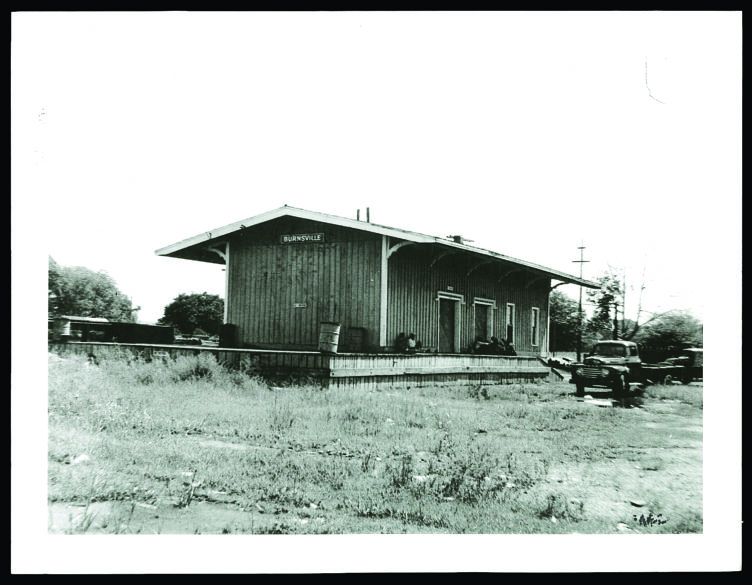From the Archives
By Mary Woodward
JACKSON – In these From the Archives articles I have chronicled a lot about Bishop John Edward Gunn, SM, sixth bishop of our diocese. In this installment I would like to bring to light that Bishop Gunn was a highly sought-after retreat master. Bishops around the country would recruit him to give retreats to the clergy of their diocese.
Therefore, here is a description of his journeys across the country by train in August of 1918. World War I was still raging, and forest fires had been ravaging the western United States. It sounds vaguely familiar in some respects, but also gives a unique view of the development of the Northwest.
“On August 1st I went to Vicksburg where I remained a few hours, taking the night train to Memphis from there. I got the Chicago train at six twenty, reaching the Auditorium on August 2nd. There I heard of the birth of Roy McCanna’s baby – long expected, much prayed for and the most welcome youngster that ever appeared in Wisconsin. I phoned my congratulations from Chicago, and I was requested to stop over on my way to St. Paul to baptize the youngster, which I did on Saturday, August 3rd.

“I left the same night for St. Paul’s and reached the Marists on Sunday, August 4th. I called to see Archbishop Ireland and found him in a dying condition in his new home on Summit Avenue. The Catholics of St. Paul had purchased the finest house in the city and donated it to the Archbishop. He was brought into it, put to bed and he actually never saw the house that was his own.
“I left for St. Cloud on August 5th and went to St. John’s College, the Benedictine Monastery, where I was booked to preach a retreat for the clergy of the Diocese of St. Cloud. I started in on Monday and ended on the following Friday. Bishop Busch of St. Cloud was persuaded by Archbishop Ireland to get me to give the retreat, owing to war conditions which were painfully acute in that section of Minnesota.
“Practically all the Priests and nearly 90% of the Catholics of St. Cloud were pro-German. The Bishop, of German Extraction, was very American and this created a natural state of war or at least of ill-feeling between the Catholics and the Bishop. I was supposed to smooth things out and while the Priests resented a retreat in English, one of the first every given in that language in the diocese, still they treated me very well.
“St. John’s College was a place worth seeing. The community was very large, the Monastery grounds covered 1000 acres, the monks were farmers as well as priests and the place was as near ideal as could possibly be imagined.
“There was a lake in the center of the property which was so thickly stocked with fish that it was almost a crime to throw in a hook and line. It was not fishing – it was slaughter.
“I left St. Cloud satisfied with myself and I think left the Bishop and his priests pretty well satisfied and came to St. Paul where I stopped at the Ryan Hotel. I spent the night of August 10th with the Marists on Cedar Street and helped them out on Sunday and left Sunday night over the Chicago, Milwaukee & St. Paul for Seattle.
“On the train, I met Archbishop Messmer of Milwaukee, and we exchanged a lot of thought between Milwaukee and Spokane. The Archbishop had put his parish church under interdict and excommunicated three or four Polish priests on the day on which we met, so I think he was looking for shelter.
“The trip from St. Paul to Seattle was over some of the wildest parts of America. There was not a town of any importance after leaving Minneapolis. The Rockies were not as wild further South.
“The one thing that was a novelty to me was to go through a country that had been a raging furnace for over two years and a half and defied the power of the United States to put out the forest fires. The country showed the ruins of fire and looked as sad a spectacle as could be imagined.
“On the trip, I saw for the first time a railroad actually controlled and propelled by electricity. The big Mountain engines could not do the work and tremendous electric power houses were installed all along the line and engines equipped to suit. We zig-zagged around the Mountain and took a day to travel a bee line distance of thirty or forty miles. The trip was pleasant as we reached Seattle on August 14th.”
In my opinion, bishops are not always appreciated until years after their tenure. Bishop Gunn certainly had his moments during his time in office that caused consternation among clergy and faithful, but we are very fortunate to have his diary to share his adventures in the early 1900’s from his unique perspective. Now, more than 100 years later time sheds light on the wisdom of his actions.
In our next installment, we will continue this journey with Bishop Gunn as he shares his keen wit and intellect across the country.
(Mary Woodward is Chancellor and Archivist for the Diocese of Jackson.)
